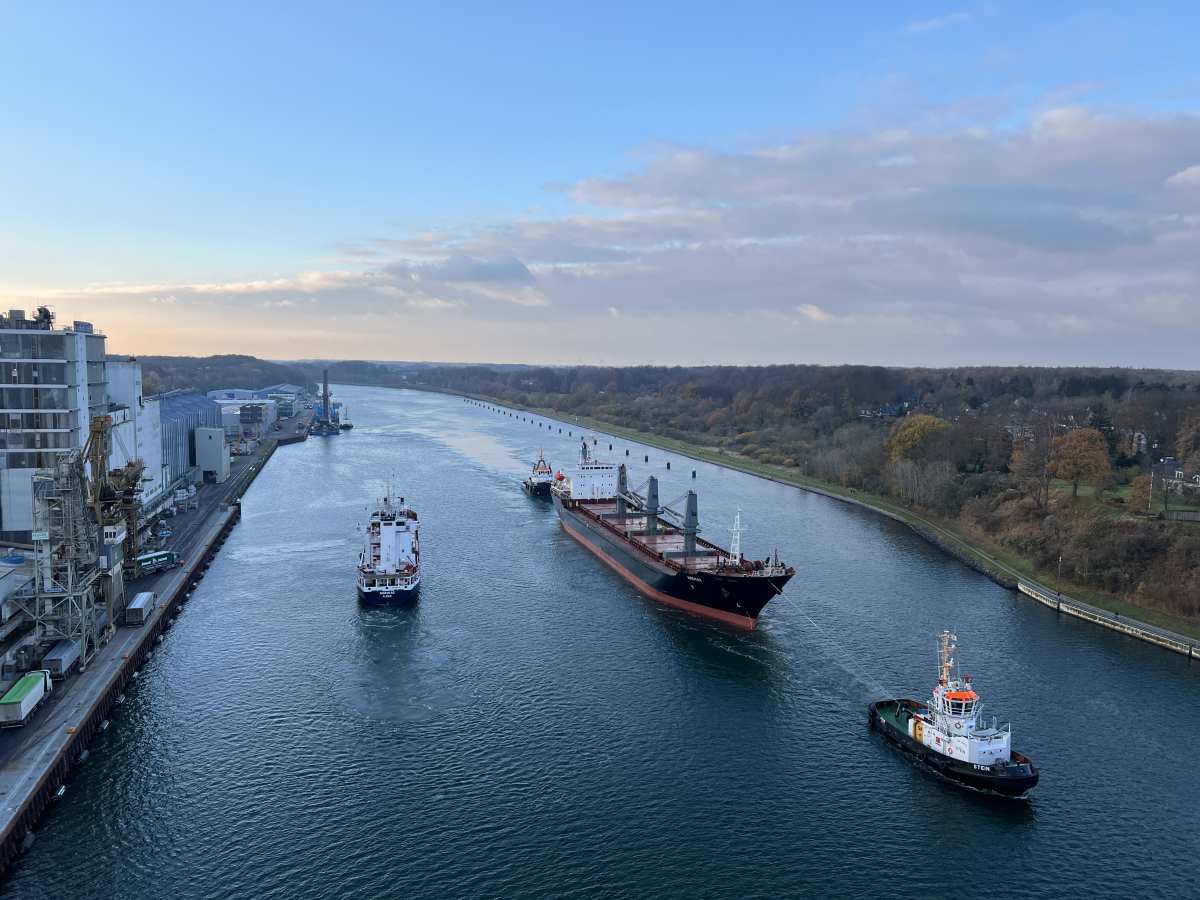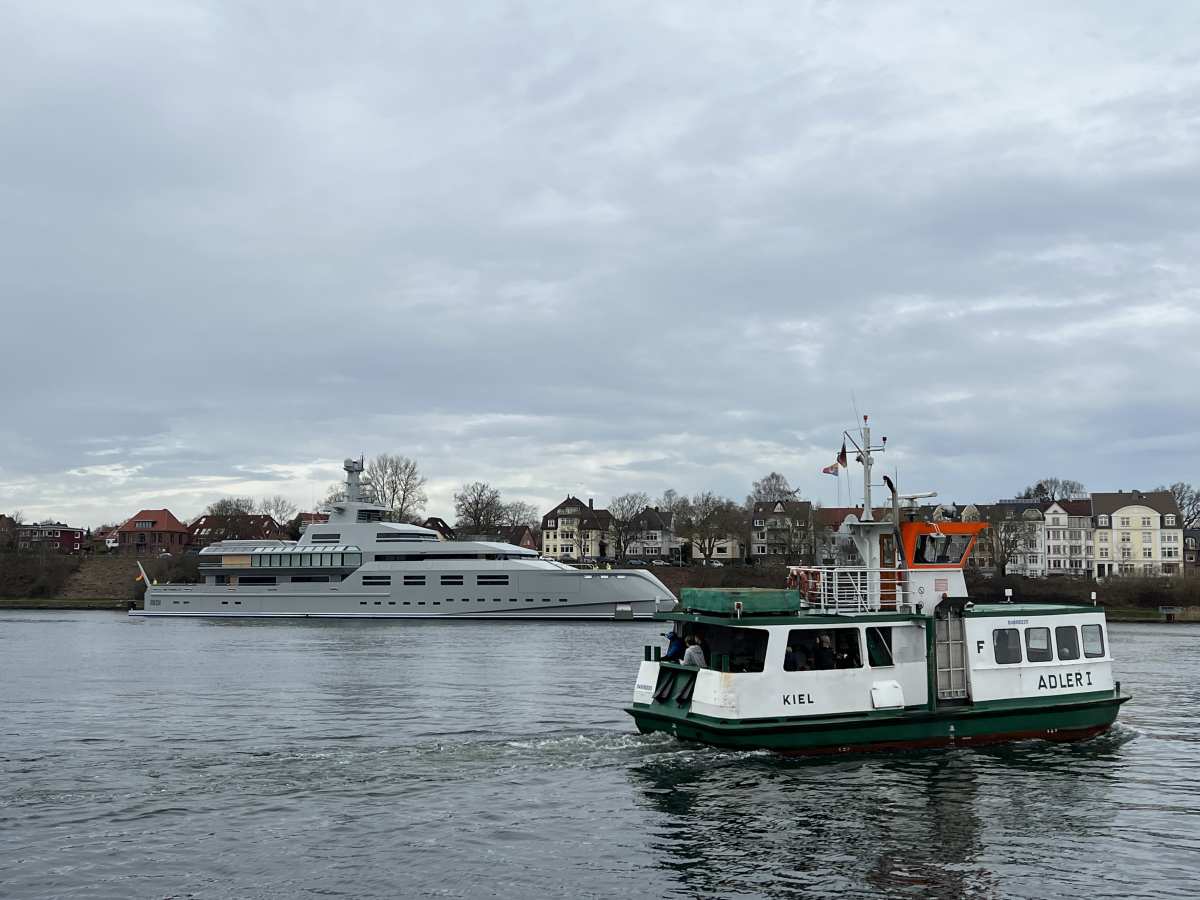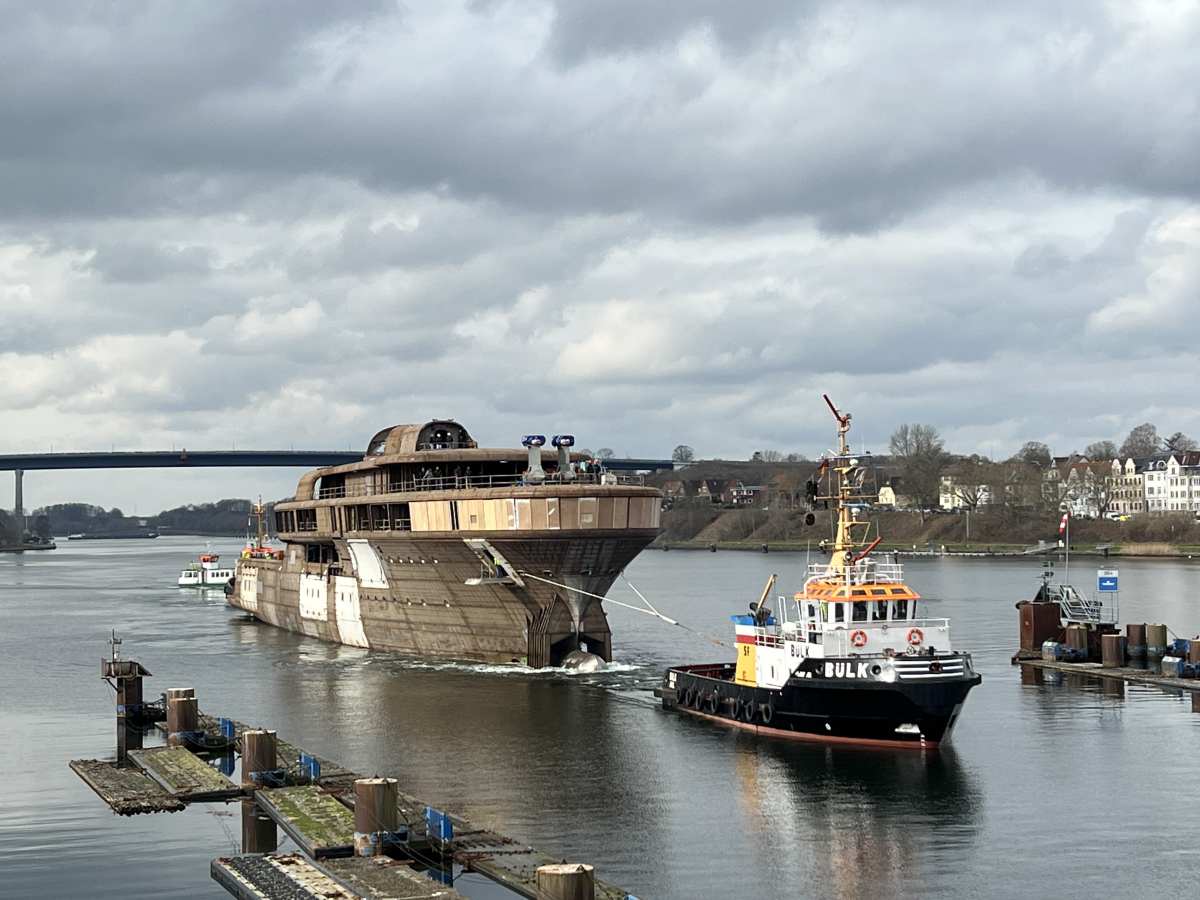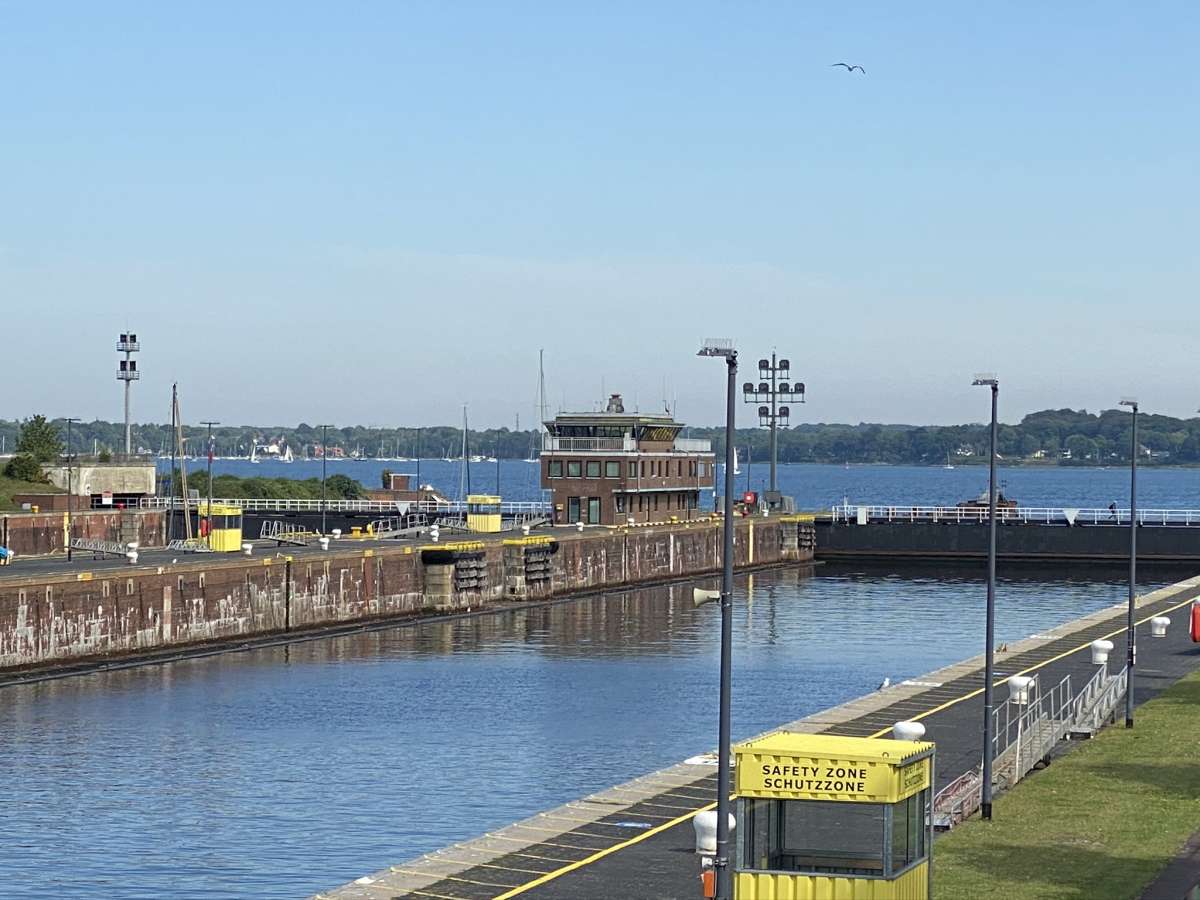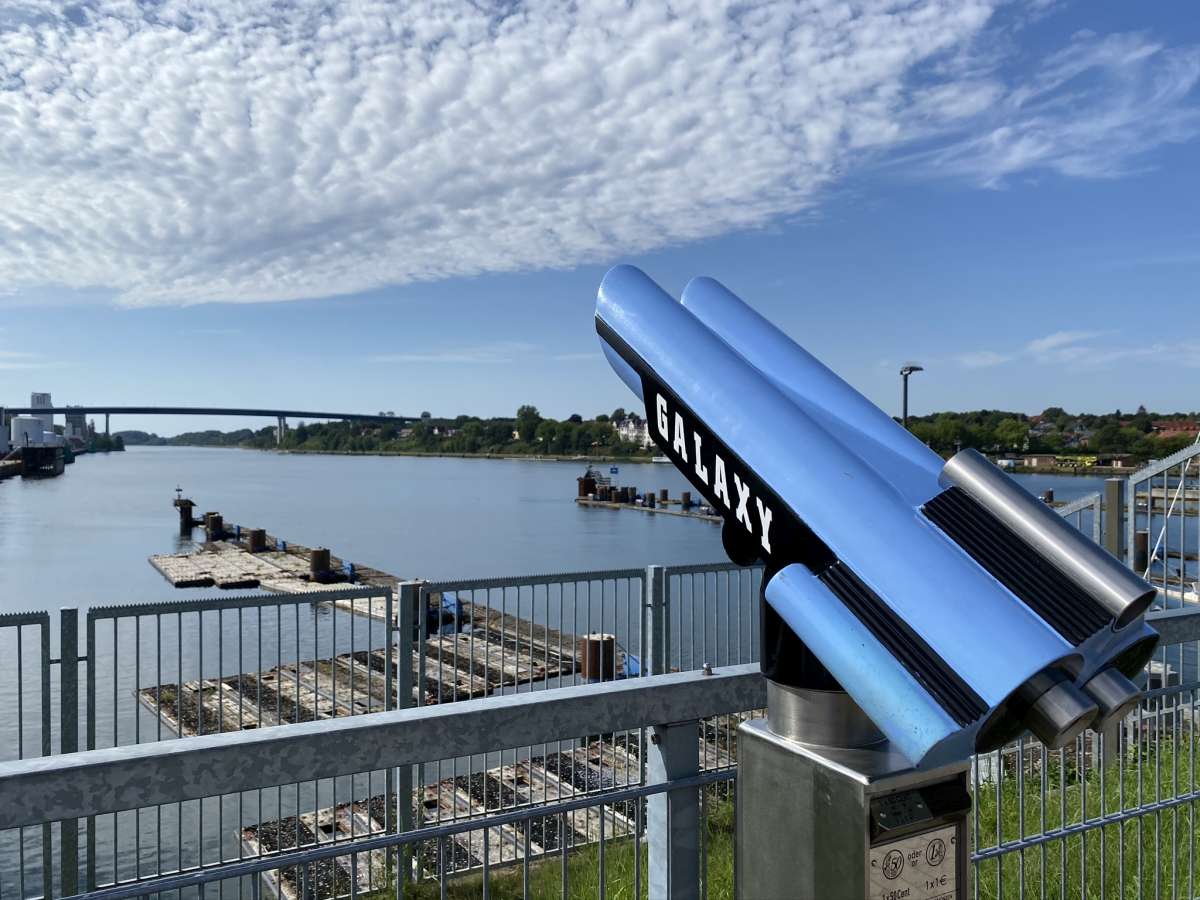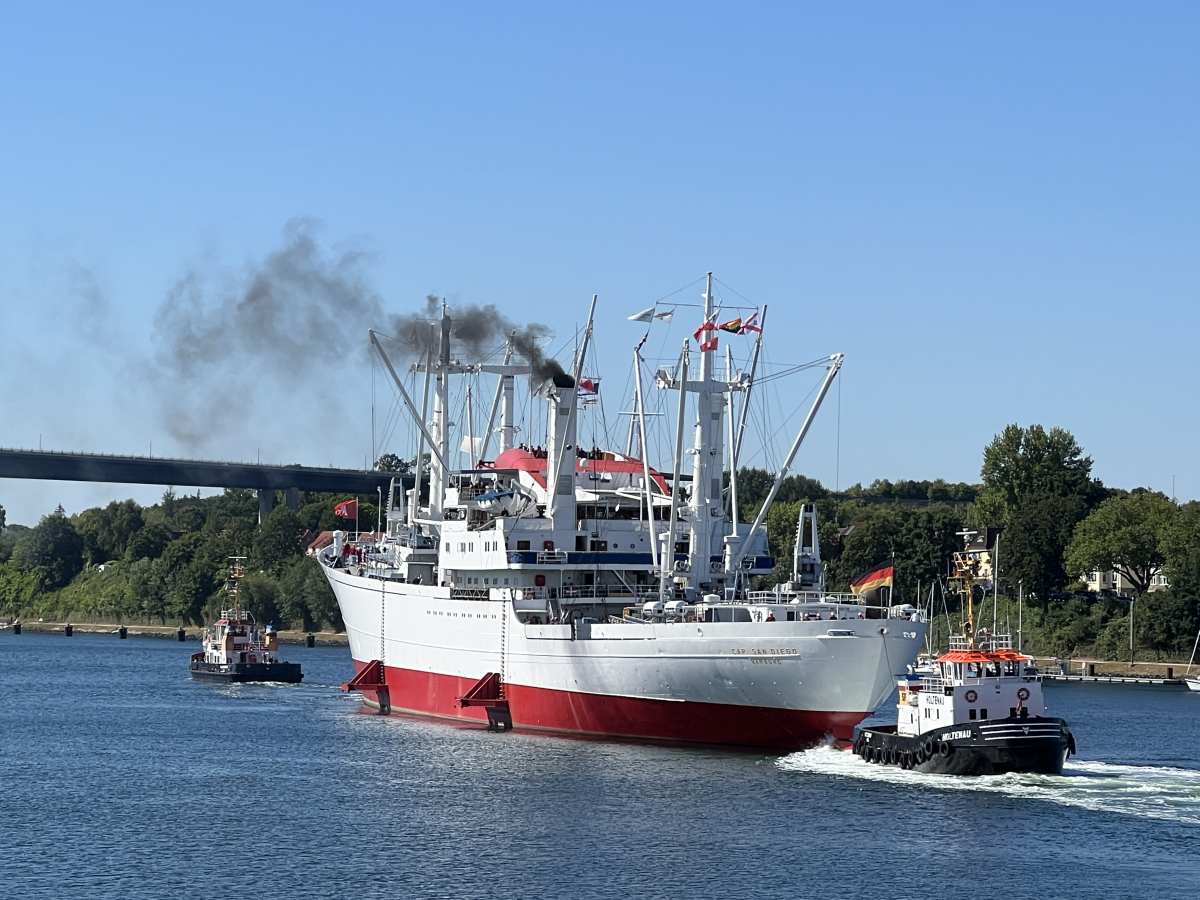Kiel Canal (NOK)
The Kiel Canal is a 98-kilometer artificial waterway that connects the North Sea with the Baltic Sea. The canal is of great economic importance as it greatly facilitates and shortens shipping traffic between the two seas.
The foundation stone of the canal was laid in 1887 and just a few years later, in 1895, the Kaiser Wilhelm Canal was ceremonially opened by Kaiser Wilhelm I. In 1948 it was renamed the Kiel Canal. Almost 30,000 (2021 27,293, 2020 25,247, 2019 28,797, 2018 30,009) ships pass through the canal every year. This makes the Kiel Canal the busiest artificial sea shipping route in the world.
The Port of Kiel is a major hub on the Kiel Canal and a major commercial hub in the region. For example, the Nordhafen (North Port) of Kiel in the district of Wik is one of the ports of Kiel located directly in the Kiel Canal near the lock system. The canal has locks in both Kiel-Holtenau and Brunsbüttel to regulate the water level.
The two Holtenau high bridges (Prinz Heinrich Bridge and Olympia Bridge) connect the city of Kiel with the region north of the canal and the districts of Holtenau, Friedrichsort, Pries and Schilksee, which are located north of the Kiel Canal. There is also a passenger ferry (Adler I) that runs daily every 15 minutes between Kiel-Wik and Kiel-Holtenau. Pedestrians and cyclists can cross the canal free of charge on the green and white ferry.
Kiel is also an important industrial location with a focus on shipbuilding, mechanical engineering and logistics. The port of Kiel is an important transshipment point for goods and an important connection to the Scandinavian markets. The Kiel Canal plays a crucial role in Kiel’s economic development and contributes to the creation of jobs and the city’s growth.
